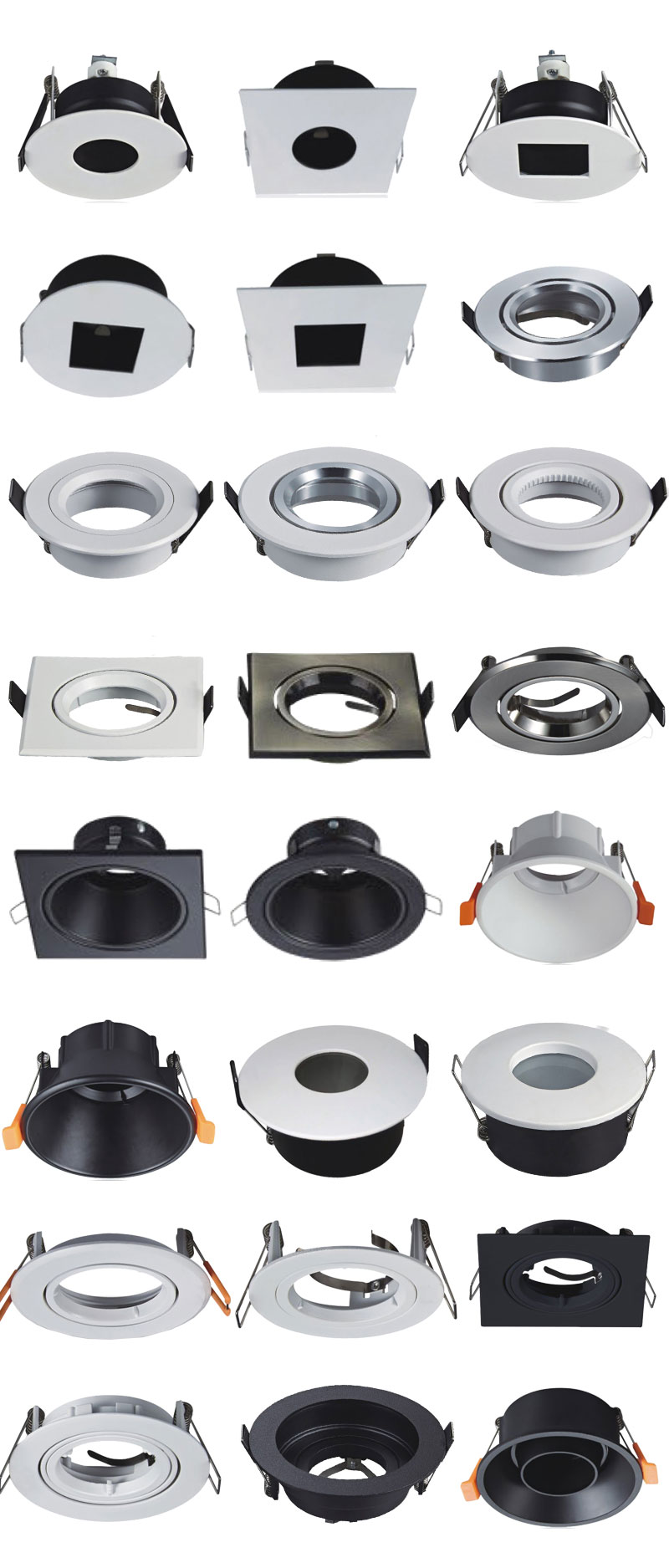
Now, you may ask me, "What is the relationship between marathon and LED? Do you really know what you are talking about?" I think so. Just as strong runners lead the marathon, LEDs are far ahead in the field of energy-efficient lighting. Compared with incandescent and fluorescent lighting, LED's main technical advantages are lower energy consumption, longer life, and better control of lighting color and direction.
LED intelligence - the key to winning the game where the LED will play its huge potential? There is no doubt that the first obstacle is price. The current cost of LEDs is much higher than existing lighting solutions. Energy efficiency is often insufficient to persuade price-sensitive businesses and consumers to purchase more expensive products. Over time, large-scale production may reduce prices, but can the costs be lowered sufficiently and whether the price reductions meet the expectations of users? These are all uncertain factors and are open to question. Of course, these issues are beyond the scope of this article. If we find two hardware stores casually and try to find the same LED lights, this may be very difficult. Many retailers will not have enough varieties or quantities of inventory just to attract sparse consumers. Why? This involves price and inventory turnover. What does this mean for our engineers and innovators? How can we make LED lighting use its potential? How to win this marathon victory?
If we give the LED "heads" to make it smart, these lights are equipped with features such as eyes, throat, and counting. Designing valuable semiconductor materials in the lighting field will optimize energy efficiency, extend lighting life, and reduce maintenance costs. This will help the LED run a full schedule, persist until the end, rely on wisdom to win the game.
The key elements of LED intelligence Ambient light detection, communication and energy measurement are key elements of an intelligent lighting system. With ambient light detection, the lights can be dimmed when other light sources have provided sufficient illumination; in addition, the color of the ambient light can be adjusted to adjust the color of the advanced RGB LED lighting system. The communication function allows remote control and connection of small and large lighting devices into a central network. Electrical energy measurements accurately calculate the power consumed, providing system insight for predictive maintenance. All of these features - ambient light detection, communications, energy measurement - will further save energy and reduce operating costs. This article discusses key design considerations for adding ambient light detection, communications (including wireless and power lines), and energy measurement functions to LED lighting systems. Reference design examples are provided.
The ambient light sensor (ALS) detects the amount of light near the sensor. These simple devices become the "eyes" of LED lighting systems, and are also the key to saving energy. When the room already has a sufficient light source, lighting is completely unnecessary, the lights can be dimmed or completely turned off, reducing power consumption and extending the life of the lights. Key features of the ALS include power consumption, lumen monitoring range, and IR and UV filtering. These sensors must be quietly in the system, can not consume excessive power, thus destroying the original intention of saving energy consumption of the system. Good ALS consumption is less than 1μA. The lumen detection range must reach the typical lumen range of the outdoor environment. 0.1lx to 100,000lx is generally satisfactory for most applications. Considering system reliability, it may be necessary to use a slightly larger range. IR and UV filtering eliminates the spectrum of invisible light in actual systems.
Intelligent LED light detection function The ALS design in the light source shown in Figure 13 The sensor must avoid the light of the lamp itself to avoid the influence of ambient light measurement. In this design, the ALS is located on a separate circuit board under the shadow of the lamp bracket. This simple design allows the ALS to turn off the light when it detects that the ambient light exceeds a preset value. RGB sensors can even add more "features" to lighting applications. Similar to the LED lighting system with RGB LED and ALS shown in the figure, it can dynamically adjust its color output to meet specific application needs, such as stage scene lighting or department store display effects.
Here you can find the related products in MR16/GU10 Down Light Fixture, we are professional manufacturer of Down Lighting Fitting,Recessed Down Lighting,Led Spotlight Fixture, Bedroom Down Light . We focused on international export product development, production and sales. We have improved quality control processes of MR16/GU10 Down Light Fixture to ensure each export qualified product.
If you want to know more about the products in MR16/GU10 Down Light Fixture, please click the product details to view parameters, models, pictures, prices and other information about Down Lighting Fitting,Recessed Down Lighting,Led Spotlight Fixture,Bedroom Down Light.
Whatever you are a group or individual, we will do our best to provide you with accurate and comprehensive message about MR16/GU10 Down Light Fixture!

MR16/GU10 Down Light Fixture
Down Lighting Fitting,Recessed Down Lighting,Led Spotlight Fixture,Bedroom Down Light
Guangdong Decosun Lighting Technology Co.,Ltd , https://www.decosun-lighting.com